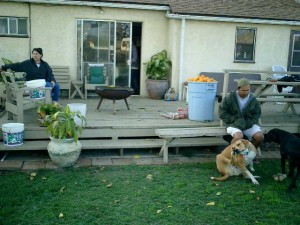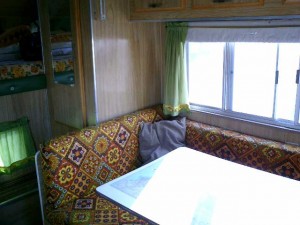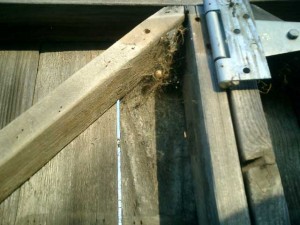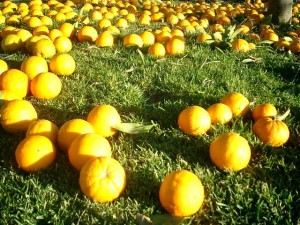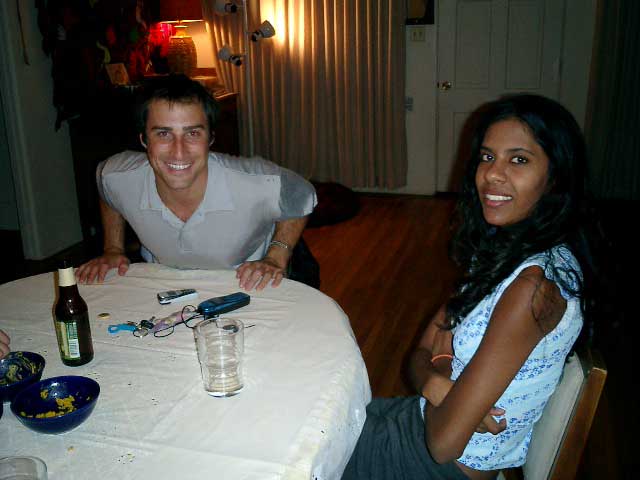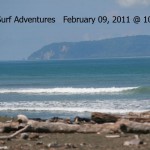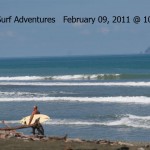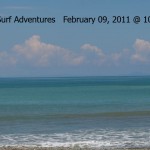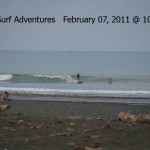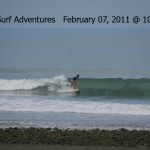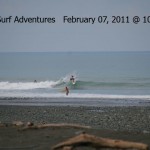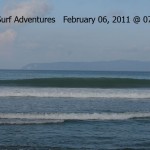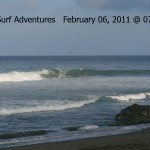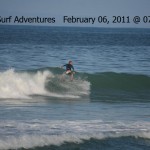Granjas Atuneras de Golfito S.A., a corporation of foreign investors, has been given the permits to start a tuna farm just past Punta Banco in the Pavones area. The effect on the marine wildlife, water quality, local fishing industry, and tourism in Pavones as well as the surrounding area of the Golfo Dulce will be devastating. The permits were obtained via questionable methods, violate national law, and are presently under investigation. Lawyers’ fees and ads to pressure the government are being paid for by community fundraising and donations. We are asking for any kind of donations or help. For more information on the proposed tuna farm, its effects, and how to help, read below.
Pavones Under Attack! – Yellowfin Tuna Project Threatens Golfo Dulce, Costa Rica
The project’s first stage is to establish no less than 10 cages (interior dimensions of 50m diameter x 20m depth each) enclosed in a structure of 1200m x 500m. Several more such groups would follow down the coast to Punta Burica. Each cage is weighted down by ten anchors weighing 1.3 tons each, for a total of 130 metric tons in reduced area. Granjas Atuneras has proposed to place over 100 cages in the mouth of the Golfo Dulce.
The company would be provided with live tuna (30-80kg) by tuna clippers fishing up to 250nm out to sea. These live tuna would then be slowly towed in a cage for 15-45 days to the project’s site.
Tuna, along with certain other marine life, school under dolphins and follow them around in search of food. The tuna clippers use helicopters to spot large pods of dolphins breathing on the surface, knowing tuna will be beneath them. They then us dynamite and speed boats to corral the dolphins into an easily netted mass. They circle the dolphins with a huge net to catch all the tuna beneath. Millions of dolphins are killed world wide by tuna clippers every year using this method. This tuna is traditionally used for canning. There is no such thing as “dolphin safe tuna” from tuna clippers; some fishing practices just kill fewer dolphins than others.
In the waters where these tuna clippers will be operating, there are many different dolphin species among which we find spinner, spotted, bottlenose, common, and Risso’s. Slowly towing a mesh cage 15 to 45 days from the open ocean to the coast will cause hundreds of marine fauna to become entangled and die a useless death. Endangered sea turtles, dolphins, whales, fish, and even some of the tuna within the cage will die and rot on their way in. It is an established fact that the main cause of dolphin deaths is entanglement in nets. Both the southern and northern humpback whales use the gulf to feed and give birth to their young during their annual migrations. Placing these cages as a net wall in the entrance to the gulf is a sure death sentence.
Sharks will be attracted to this cage and follow it in to the coastal waters. They will then check out what else is available on the second longest left point break in the world. The organic waste produced by the marine life that entangles in the nets plus the tuna feces will not only attract sharks to the area, it will also cause red tides and pollute the beaches along the coastline. The red tides could destroy all the marine environment of the gulf. The smell from all the organic matter will scare away the tourists and hence the income our communities depend on.
The tuna that manages to survive will then be put into cages and fed frozen imported sardines. Though the sardines are frozen, this does not eliminate the possibility of introducing a virus or other sickness that would cause a disaster on the local fish population. There is a well documented case of exactly this happening in Australia. The amount of sardines to feed all this tuna is astronomical, and even though it will be imported, the impact on the sardine fishery in another country will be high. Tuna is migratory and comes from the south; Costa Rica will be helping to deplete the tuna stocks of the world.
The cages will be lit for navigational safety. Each light will be visible for a radius of five miles. This is in an area where over 200 turtles come to nest every year. It is well documented that turtles use the natural light over the water to orientate themselves. The females, heavy with eggs, will be guided towards these cages and can easily get stuck and die. A few may make it to shore to lay their eggs. Once the babies hatch, the few that survive other obstacles and make it into the water will be attracted by the light and swim straight into the jaws of the hungry tuna. In Costa Rica the Olive Ridley turtle has only been registered nesting in Punta Banco and a beach in Guanacaste; it is very rare. The hawksbill turtle also nests in Punta Banco.
The Golfo Dulce is one of only three tropical fjords in the world. Its marine environment is not only very special, it is very fragile. The mangroves within the gulf are a crucial nursery for sea bass, shrimp and other marine life. The coral reefs are already threatened by sedimentation from logging. The fecal matter and other organic waste would surely destroy what is left. The proposed project represents a threat to the biodiversity of the entire gulf and the livelihood of all who depend on it. The delicate ecology and unique status as a tropical fjord of the Golfo Dulce is the last place on earth where we should be developing an experiment like this (no other yellow fin tuna farm exists in the world).
Please help us fight to keep the Golfo Dulce a clean and beautiful place. Local community organizations are working on this issue, the municipality of Golfito, the municipality of Puerto Jimenez, the Chamber of Tourism of Golfito and many small NGO´s are trying to raise awareness. Unfortunately, many of these places do not even have a phone and our efforts to co-ordinate have been very difficult. We are trying to raise awareness internationally to pressure the government based on their ‘green image’ for tourism to be true to their word. There are currently no international organizations working to help us with public awareness.
So far a law suit we presented has managed to halt the project for the time being, while the courts review the facts of the proposal. It is during this time that we believe pressure should be applied to the appeals court with a letter writing campaign from the international community expressing concerns over this proposal.
This project has already been approved by the Costa Rican government without any public consultation as is required by law. Despite this deplorable display of corruption and lack of consideration for environmental sustainability, for which Costa Rica prides itself, this tuna project has been temporarily halted as it is being re-evaluated by an appeals court.
Input from the international community will be extremely valuable during this appeals court process. The court is evaluating information it receives, and letters expressing your opinion can influence this process.
As a member of the international community, tourism is the industry that is most affected by your opinion. For this reason, we request that you write a letter to both the President Oscar Arias and the Costa Rican tourism board ICT. The addresses are written below.
Please emphasize your concerns for the environment and the impact this will have on your potential to support Costa Rica by choosing it as a travel destination.
Here you can find helpful pointers on how to write an effective letter:
http://globalresponse.org/letterwritingtips.php
Please visit PRETOMA (http://www.tortugamarina.org/) for updates on this fight.
We sincerely appreciate your help by voicing your opinion.
Addresses for letters:
Instituto Costarricense de Turismo (ICT)
San José
Costa Rica
Fax (506) 220-3555
His Excellency
Oscar Arias Sanchez
The President of Costa Rica
Casa Presidencial
San Jose, Costa Rica

